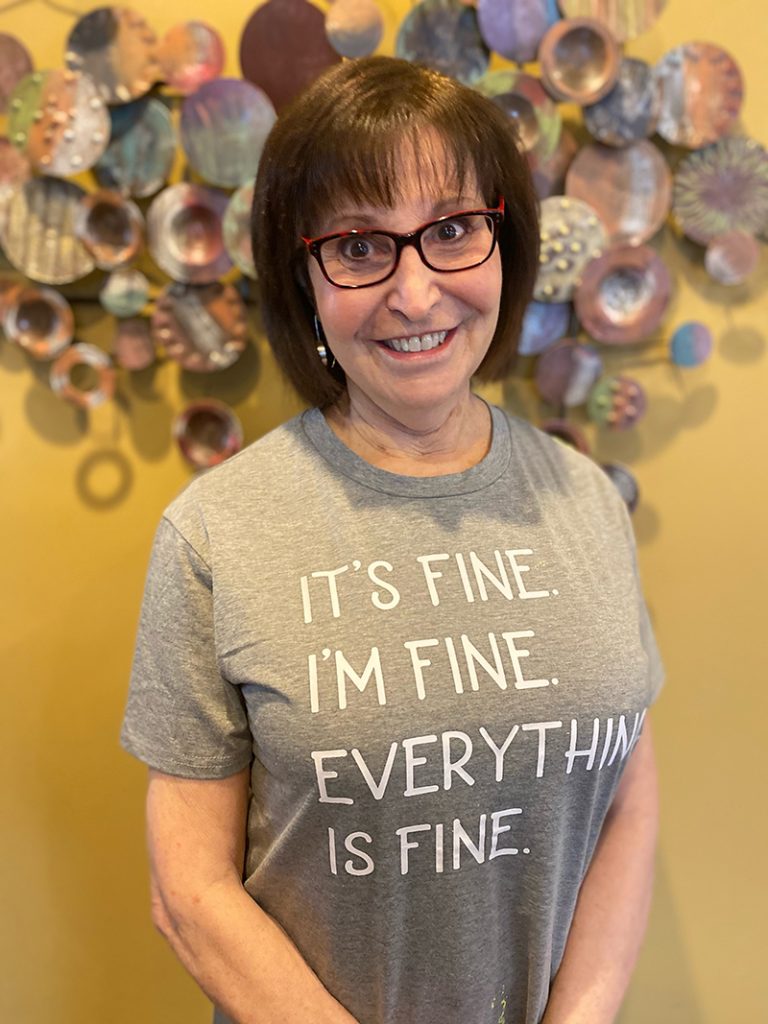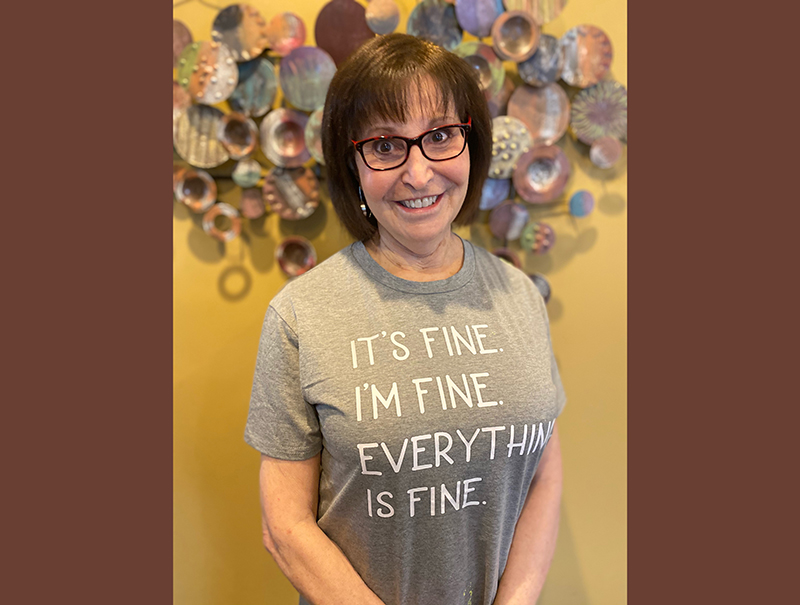Last month, Pete, a dedicated caregiver for his wife of 55 years, who I thought I knew pretty well, uttered the two words that have always given me pause. When I asked him how he was doing he replied with confidence and without hesitation, “I’m fine!” When I followed up with “No, how are you really doing, Pete?” his answer was pretty much the same: “I’m fine, Bonnie. Really, I’m fine.” Poor Pete! He did not know that I have quite a history with that phrase.
Let me explain. Throughout my career in the aging field, everything I have ever done from teaching to policy to practice has focused on person-centered care and caring. This focus has been my one pedagogical and practical constant. Whenever someone has indicated in any way that “they don’t need anything”—in other words, “that they are fine”—I have dug deeper and tried harder to explain that there is always something we can do better for them, always something that would make someone’s day or life a bit brighter. I have done this, I realize now, because whenever the default answer has been a version of “I’m fine,” I have heard resignation:
“I will take what I can get, and I will not make a fuss.”
In touch with feeling frustrated during my conversation with Pete, I even asked him my standard question:
Why do we need permission to be kind to ourselves?
 You can start to see where my mind goes when I hear the word “fine.” I even have this t-shirt (which clearly also demonstrates my love of sarcasm!).
You can start to see where my mind goes when I hear the word “fine.” I even have this t-shirt (which clearly also demonstrates my love of sarcasm!).
Often, my big reaction to this fairly standard cultural interaction, how are you/I’m fine, surprises people. For example, I vividly remember visiting a care community when I was the Director of the Ohio Department of Aging, and as I chatted with a resident and her husband during breakfast, I asked the husband what else he wanted or what else we could do for either of them. His answer, accompanied by a wide smile, was “We’re fine, dear.” Standing next to me was one of the administrators who, I could tell, was relieved by the response I received; evidently, he had been a bit nervous that we might hear a complaint or a concern. He was taken aback when I responded with an even bigger smile: “There is always something we can do to make your day better or your life easier.” Once I opened the perverbial door, I started to hear quite a few ideas for improvement. The first one was easy—it turns out, her husband had wanted milk not cream in his coffee, but he hadn’t wanted to “bother anyone.” He had continued by adding “after all, it’s not about me.”
I relayed this experience to Pete, the caregiver I mentioned here at the beginning, and after hearing the story he immediately nodded in agreement.
“That fellow was right,” Pete, said. “It wasn’t about him, just like it isn’t about me now—We are just the caregivers.”
Well, that was his second mistake of the morning. In what wasn’t exactly my “indoor voice” and with hands and arms flailing in frustration so wildly that he could probably see it on our zoom call, I replied,
“But yes, Pete! It is! It is about you! You matter, too. You don’t need permission to be kind to yourself.”
After we continued to talk past each other for the next half hour or so, I was left wondering about our miscommunication. I had wanted to give something nice and beautiful to Pete, but he had not experienced it that way. How could I have helped him want to take time for himself, take better care of himself, and be kind to himself? Telling him the facts about why self-care mattered and why he was important clearly wasn’t enough.
I had to rethink what it means to help someone, and how much we might want to work toward change quickly, when the path takes time.
The difficulty might be summarized like this: My story did not feel relevant to Pete in that moment because something in Pete’s mind was more relevant to him. The idea of “I’m fine,” I realize now, was a genuine reaction and feeling that Pete was sharing with me, and because I had wanted so much to be helpful, and to take action, I had completely overlooked who he was and what he really was communicating to me with answer of “fine.” The definition, it turns out, is multiple, and that multiplicity is important.
I learned in graduate school about the principle of multideterminism—that everything that happens has multiple meanings, multiple possible interpretations.
As I reflected on my morning, I realized that I had missed something important: in trying to tell Pete what was important, I had forgotten to think more broadly about what change entails, and how hard we must work to create an atmosphere where it feels possible and desired. My own desires to work toward a culture of increased self-care for our caregivers might be well-intentioned, but I have to step back and think about not just the change we want but the slow pace at which change tends to occur, especially with people who have a lifetime of experiences under their belt.
I left my call with Pete committed to encouraging care partners to take some time for themselves, but also committed to better understanding my own impatience and relationship to change. Simply stated, our goal is to create a new narrative to help caregivers take better care of themselves as they travel the dementia journey. But now I know we have to try a different approach.
As an important first step, we are introducing a new feature and series for both our website and newsletter—and that is a section on self-care for caregivers.
Every month our very own Jeanette Peters will be introducing to caregivers something important about taking care of themselves. The important part, I now understand, is that this information will be used by people at different times and in different ways, when they are ready. And not a moment before.
I can’t think of a better time to begin this new initiative than the New Year. In fact, research shows us that “temporal landmarks” or divisions like the New Year are the best times to not only try but succeed at something new. We feel good about the new narrative we are introducing since Jeannette adds her own secret sauce, and that is kindness. Through her kind approach she shows all of us how being kind to yourself and showing compassion for yourself makes a big difference. This month she shows us how to apply kindness through a simple approach—and that is to focus on intentions instead of resolutions. We all know words matter, but I had never thought about the difference between these two before. I hope you will join me in “intending” to practice the kind of self-care—and caring Jeanette will be sharing throughout the year and I hope you find this month’s entry helpful—I know I certainly did. And, if you have a topic you would like Jeanette to cover or if you want to let us know more about your intentions at self-care in 2021, just let us know!

